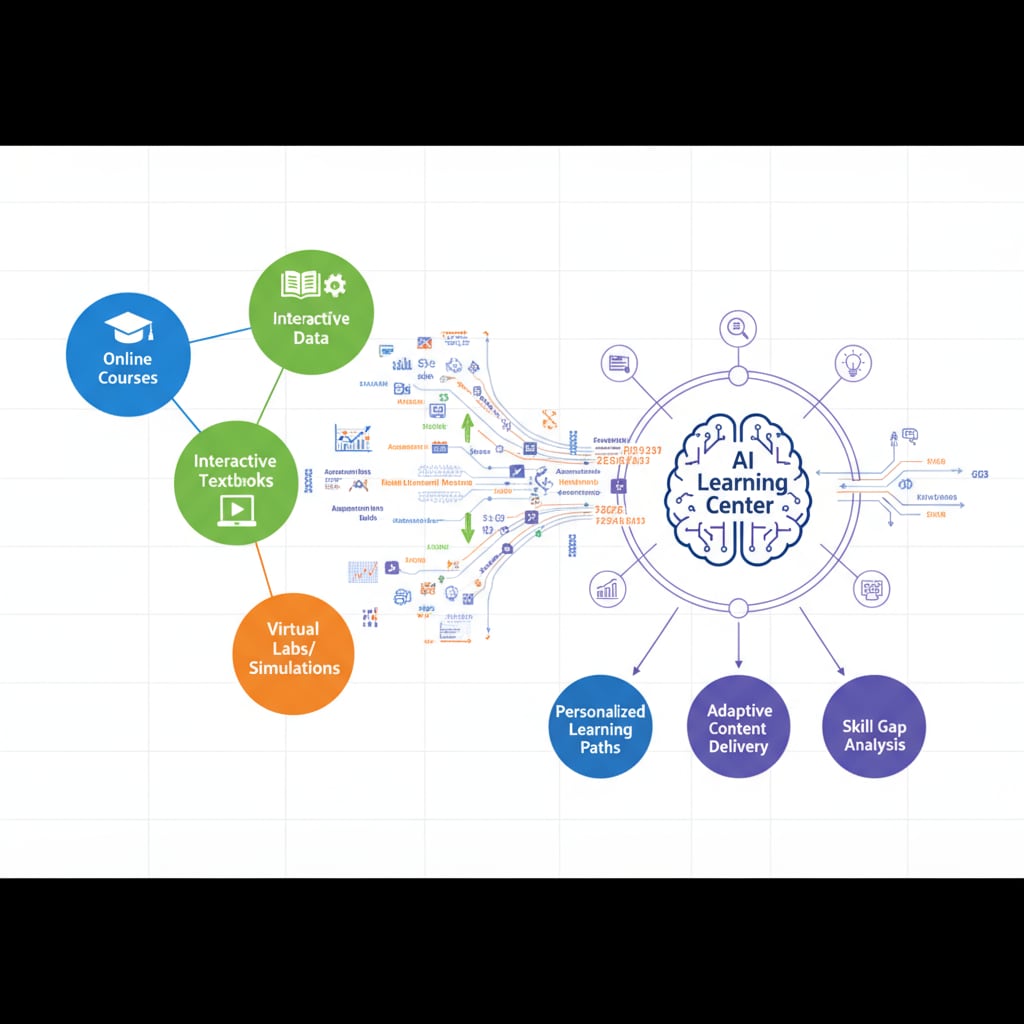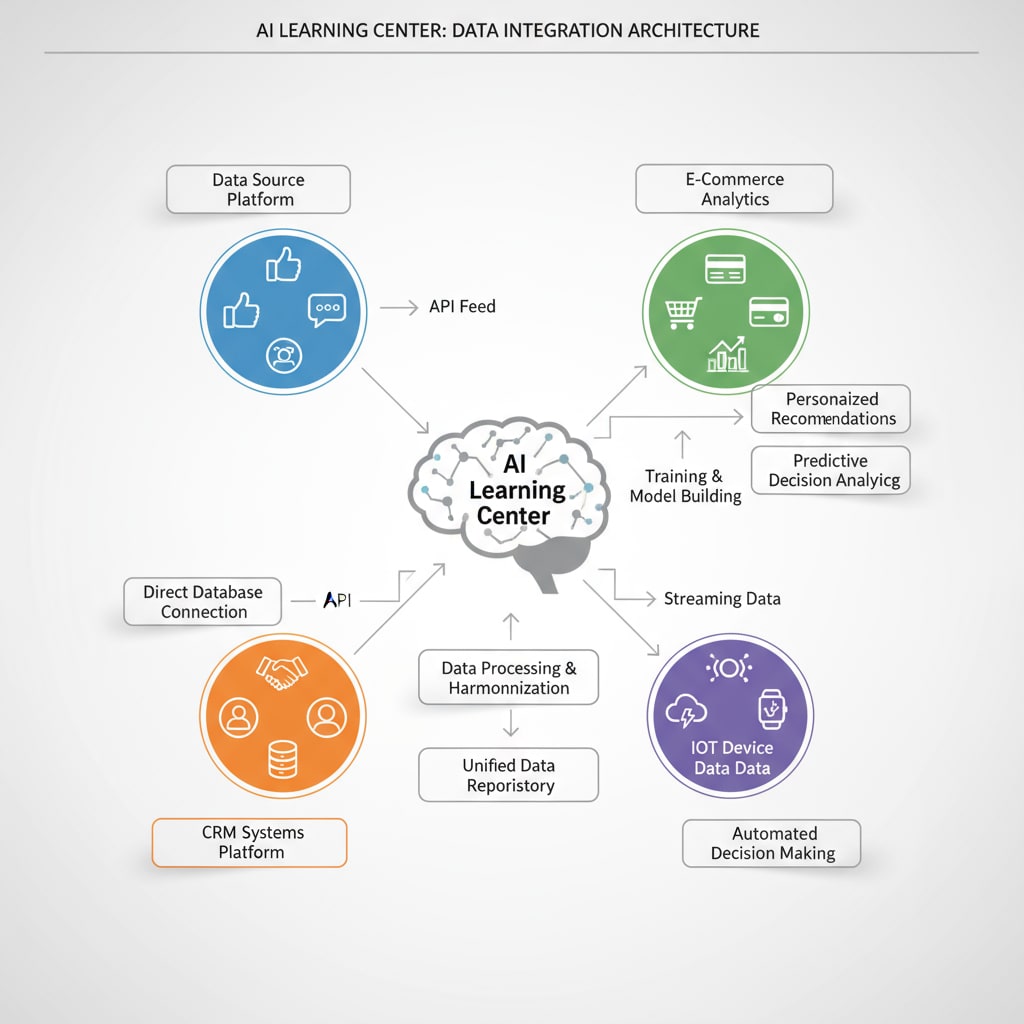AI learning centers, data integration, and teacher efficiency are at the forefront of educational innovation. In the age of rapid educational technology advancement, teachers are grappling with a significant challenge: student data is scattered across multiple platforms. This fragmentation makes it arduous for teachers to gain a comprehensive understanding of their students’ learning progress. However, the concept of an AI learning center offers a promising solution.

The Challenge of Fragmented Student Data
Today, numerous educational tools and platforms are available for students. From learning management systems (LMS) like Canvas and Moodle to online assessment tools and educational apps, each platform generates its own set of data. For example, an LMS might track students’ course completion rates, while an assessment tool records their test scores. This data fragmentation creates what is known as “data silos” – isolated pockets of information that are difficult to access and analyze collectively. As a result, teachers often find themselves spending excessive time gathering and sifting through data from different sources, rather than focusing on teaching and student engagement.
The Role of AI Learning Centers in Data Integration
AI learning centers act as a centralized hub for data integration. They leverage artificial intelligence algorithms to collect, aggregate, and analyze data from multiple platforms. By doing so, they can transform the scattered data into meaningful insights. For instance, an AI learning center can combine a student’s performance data from an LMS, an online tutoring platform, and a homework submission system. This unified view enables teachers to identify patterns in a student’s learning behavior, such as areas where they consistently struggle or excel.

Moreover, AI learning centers can use machine learning techniques to predict students’ future performance. By analyzing historical data, these centers can forecast whether a student is likely to succeed in a particular course or assignment. This predictive ability allows teachers to take proactive measures, such as providing additional support to students who may be at risk of falling behind.
Readability guidance: In this section, we’ve used short paragraphs to clearly convey the key points about the role of AI learning centers in data integration. The examples help to illustrate the concepts, and transition words like “moreover” are used to connect ideas.
Another significant advantage of AI learning centers is the automation of data analysis. Instead of manually poring over spreadsheets and reports, teachers can rely on the AI learning center to generate detailed analytics. This automation not only saves time but also reduces the chances of human error in data interpretation. As a result, teachers can make more informed decisions about instruction and personalized learning plans for their students.
Enhancing Teacher Efficiency with AI Learning Centers
By integrating data and providing unified insights, AI learning centers significantly enhance teacher efficiency. Teachers no longer have to juggle multiple data sources and spend hours analyzing data. Instead, they can access a single dashboard that presents all the relevant information about their students. This streamlined approach allows teachers to focus on what they do best – teaching and mentoring students.
For example, a teacher using an AI learning center can quickly identify students who are struggling with a particular concept. They can then use this information to provide targeted instruction, such as one-on-one tutoring or small group discussions. In addition, the AI learning center can suggest teaching strategies based on the data analysis, further improving the effectiveness of instruction.
Readability guidance: Here, we’ve used short paragraphs and examples to show how AI learning centers enhance teacher efficiency. Transition words like “for example” and “in addition” are used to make the text flow smoothly.
In conclusion, AI learning centers are a game-changer in K12 education. By breaking down data silos and integrating data from multiple platforms, they provide teachers with a unified view of student learning. This not only boosts teacher efficiency but also paves the way for a more personalized and effective educational experience. As educational technology continues to evolve, AI learning centers will likely play an even more crucial role in shaping the future of education. Artificial intelligence in education on Wikipedia AI in education on TeachThought


